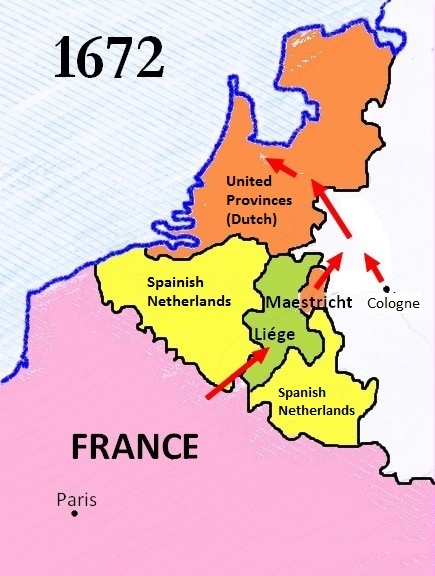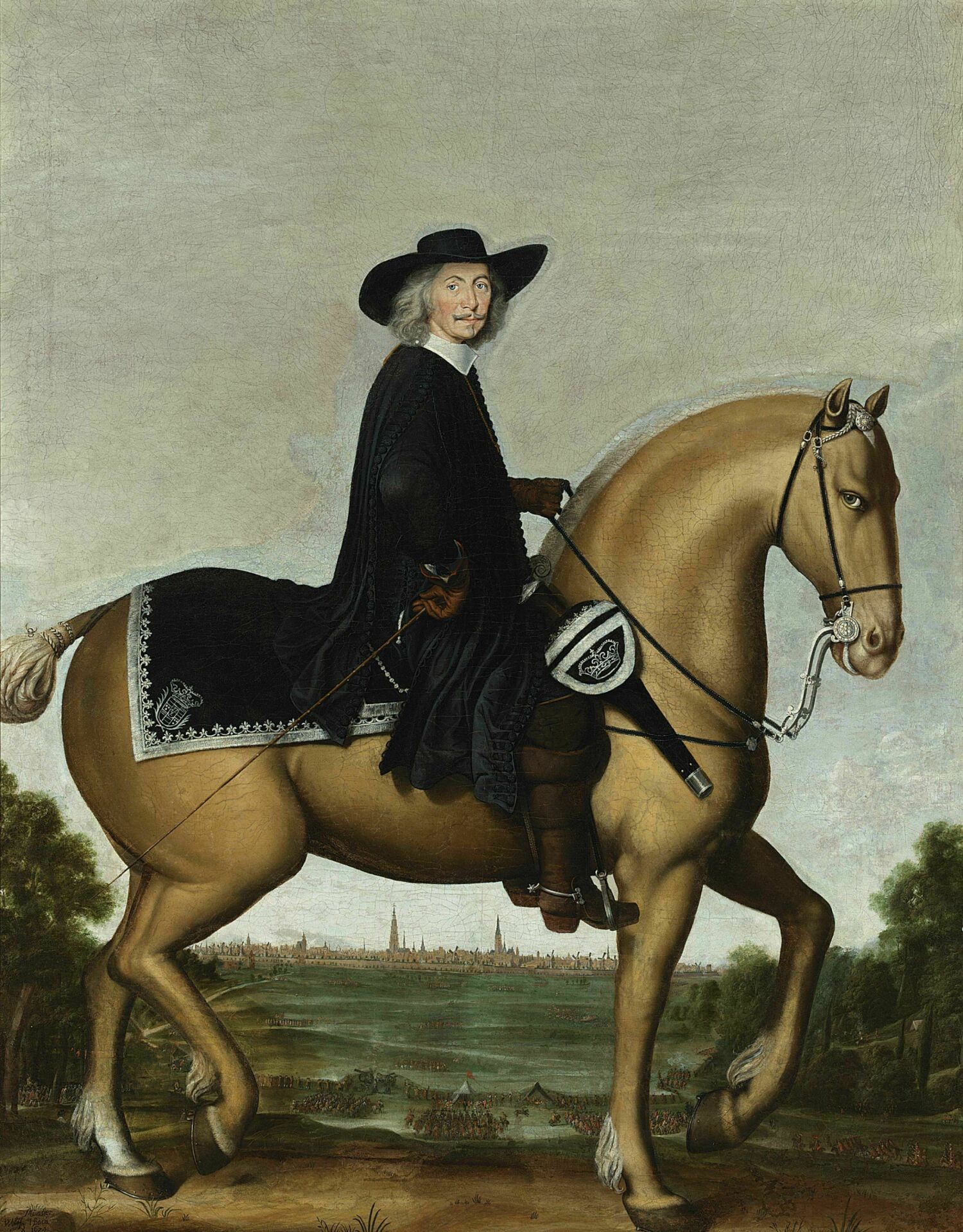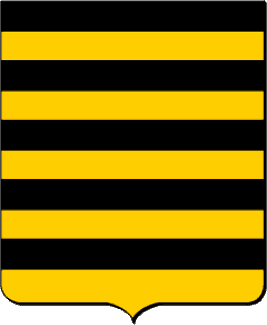|
Siege Of Groningen (1672)
The Siege of Groningen was a battle that took place in 1672 during the Franco-Dutch war. It was a Dutch victory that ended all hope of the Bishop of Münster to push deeper into the Netherlands. The Münster army was so weakened by the defeat that the Dutch army successfully reconquered much of the land that Münster had conquered just weeks earlier. Every year, the city of Groningen celebrates its victory as a local holiday on 28 August. Further reading * External links * Groningen 1672 in the Dutch Republic Groningen (1672) Groningen (1672) Groningen Groningen (; gos, Grunn or ) is the capital city and main municipality of Groningen province in the Netherlands. The ''capital of the north'', Groningen is the largest place as well as the economic and cultural centre of the northern part of t ... History of Groningen (city) {{siege-stub ... [...More Info...] [...Related Items...] OR: [Wikipedia] [Google] [Baidu] |
Franco-Dutch War
The Franco-Dutch War, also known as the Dutch War (french: Guerre de Hollande; nl, Hollandse Oorlog), was fought between France and the Dutch Republic, supported by its allies the Holy Roman Empire, Spain, Brandenburg-Prussia and Denmark-Norway. In its early stages, France was allied with Münster and Cologne, as well as England. The 1672 to 1674 Third Anglo-Dutch War and 1675 to 1679 Scanian War are considered related conflicts. The war began in May 1672 when France nearly overran the Dutch Republic, an event still known as the '' Rampjaar'' or "Disaster Year". Their advance was halted by the Dutch Water Line in June and by late July the Dutch position had stabilised. Concern over French gains led to a formal alliance in August 1673 between the Dutch, Emperor Leopold I, Spain and Brandenburg-Prussia. They were joined by Lorraine and Denmark, while England made peace in February 1674. Now facing a war on multiple fronts, the French withdrew from the Dutch Republic, ret ... [...More Info...] [...Related Items...] OR: [Wikipedia] [Google] [Baidu] |
Groningen (city)
Groningen (; gos, Grunn or ) is the capital city and main municipality of Groningen province in the Netherlands. The ''capital of the north'', Groningen is the largest place as well as the economic and cultural centre of the northern part of the country; as of December 2021, it had 235,287 inhabitants, making it the sixth largest city/municipality of the Netherlands and the second largest outside the Randstad. Groningen was established more than 950 years ago and gained city rights in 1245. Due to its relatively isolated location from the then successive Dutch centres of power ( Utrecht, The Hague, Brussels), Groningen was historically reliant on itself and nearby regions. As a Hanseatic city, it was part of the North German trade network, but later it mainly became a regional market centre. At the height of its power in the 15th century, Groningen could be considered an independent city-state and it remained autonomous until the French era. Today Groningen is a university ... [...More Info...] [...Related Items...] OR: [Wikipedia] [Google] [Baidu] |
Flag Of The Prince-Bishopric Of Münster
A flag is a piece of fabric (most often rectangular or quadrilateral) with a distinctive design and colours. It is used as a symbol, a signalling device, or for decoration. The term ''flag'' is also used to refer to the graphic design employed, and flags have evolved into a general tool for rudimentary signalling and identification, especially in environments where communication is challenging (such as the maritime environment, where semaphore is used). Many flags fall into groups of similar designs called flag families. The study of flags is known as "vexillology" from the Latin , meaning "flag" or "banner". National flags are patriotic symbols with widely varied interpretations that often include strong military associations because of their original and ongoing use for that purpose. Flags are also used in messaging, advertising, or for decorative purposes. Some military units are called "flags" after their use of flags. A ''flag'' (Arabic: ) is equivalent to a brigade ... [...More Info...] [...Related Items...] OR: [Wikipedia] [Google] [Baidu] |
Bishopric Of Münster
In church governance, a diocese or bishopric is the ecclesiastical district under the jurisdiction of a bishop. History In the later organization of the Roman Empire, the increasingly subdivided provinces were administratively associated in a larger unit, the diocese (Latin ''dioecesis'', from the Greek term διοίκησις, meaning "administration"). Christianity was given legal status in 313 with the Edict of Milan. Churches began to organize themselves into dioceses based on the civil dioceses, not on the larger regional imperial districts. These dioceses were often smaller than the provinces. Christianity was declared the Empire's official religion by Theodosius I in 380. Constantine I in 318 gave litigants the right to have court cases transferred from the civil courts to the bishops. This situation must have hardly survived Julian, 361–363. Episcopal courts are not heard of again in the East until 398 and in the West in 408. The quality of these courts was ... [...More Info...] [...Related Items...] OR: [Wikipedia] [Google] [Baidu] |
Prinsenvlag
The Prince's Flag ( nl, Prinsenvlag) is a Dutch flag, first used in the Dutch Revolt during the late 16th century. The Prince's Flag is based on the flag of Prince William of Orange-Nassau, hence the name. The colours are orange, white and blue. On the basis of the French names of these colours, ''orange-blanc-bleu'', the flag is also referred to by the Dutch rhymes ''oranje-blanje-bleu'' and ''ranje-blanje-bleu''. This flag is controversial in the Netherlands due to its usage in the past by the pro-Nazi NSB. The flag is now mostly used in the Netherlands by far right activists and in historical re-enactment in equivalence to the usage of the Confederate battle flag in the United States. History The colours orange, white and blue (Dutch: ''Oranje, Wit, Blauw'' or ''Oranje, Blanje, Bleu'', from French ''Orange, Blanche, Bleu'') are associated with William Prince of Orange (1533–1584). William is reported to have used these colours as early as 1577, as part of his proce ... [...More Info...] [...Related Items...] OR: [Wikipedia] [Google] [Baidu] |
Dutch Republic
The United Provinces of the Netherlands, also known as the (Seven) United Provinces, officially as the Republic of the Seven United Netherlands ( Dutch: ''Republiek der Zeven Verenigde Nederlanden''), and commonly referred to in historiography as the Dutch Republic, was a federal republic that existed from 1579, during the Dutch Revolt, to 1795 (the Batavian Revolution). It was a predecessor state of the Netherlands and the first fully independent Dutch nation state. The republic was established after seven Dutch provinces in the Spanish Netherlands revolted against rule by Spain. The provinces formed a mutual alliance against Spain in 1579 (the Union of Utrecht) and declared their independence in 1581 (the Act of Abjuration). It comprised Groningen, Frisia, Overijssel, Guelders, Utrecht, Holland and Zeeland. Although the state was small and contained only around 1.5 million inhabitants, it controlled a worldwide network of seafaring trade routes. Through it ... [...More Info...] [...Related Items...] OR: [Wikipedia] [Google] [Baidu] |
Bernhard Von Galen
Christoph Bernhard Freiherr von Galen (12 October 1606, Drensteinfurt – 19 September 1678) was Prince-bishop of Münster. He was born into a noble Westphalian family. Background, education and conversion to Roman Catholicism Christoph Bernhard von Galen was born on 12 October 1606 to Lutheran parents of the aristocratic von Galen family. His father, Dietrich von Galen, had estates in the Baltic region and bore the title of Marshal of Courland. During a state assembly in Münster, Dietrich von Galen killed the Münster hereditary marshal, Gerd Morrien zu Nordkirchen, on 15 February 1607, and consequently had to spend twelve years in detention at Bevergern Castle. Because his wife accompanied him voluntarily, in 1616 the young Christoph Bernhard was placed under the care of his uncle, the Canon of Münster, Heinrich von Galen. He gave him a Catholic education by Jesuits at the Paulinum in Münster. In 1619, at 13, he took his first job working for the cathedral chapter in ... [...More Info...] [...Related Items...] OR: [Wikipedia] [Google] [Baidu] |
Carl Von Rabenhaupt
Carl von Rabenhaupt (6 January 1602 – 12 August 1675) was a Bohemian Hussite nobleman who fought in Dutch and Hessian service during the Thirty Years War and came out of retirement to help the Dutch defend Groningen during the Franco-Dutch War. He made a name for himself as a siege specialist, taking or successfully defending many fortified cities along the Dutch-German border. Thirty Years War A Bohemian Hussite, Rabenhaupt went into exile for his religion in 1620, after the failure of the Bohemian Revolt, and entered military service. First, he fought at the defence of Bautzen under the Duke of Jägerndorf against the Elector of Saxony. By 1622 he had followed Ernst von Mansfeld into Dutch service. Taking part in the sieges of Bergen-op-Zoom, Groenlo and Maastricht in the Low Countries, he established his reputation in siege warfare. In 1633 he received an offer of service from William V, Landgrave of Hesse-Kassel. Transferring to Hessian service, he became governor of ... [...More Info...] [...Related Items...] OR: [Wikipedia] [Google] [Baidu] |
Franco-Dutch War
The Franco-Dutch War, also known as the Dutch War (french: Guerre de Hollande; nl, Hollandse Oorlog), was fought between France and the Dutch Republic, supported by its allies the Holy Roman Empire, Spain, Brandenburg-Prussia and Denmark-Norway. In its early stages, France was allied with Münster and Cologne, as well as England. The 1672 to 1674 Third Anglo-Dutch War and 1675 to 1679 Scanian War are considered related conflicts. The war began in May 1672 when France nearly overran the Dutch Republic, an event still known as the '' Rampjaar'' or "Disaster Year". Their advance was halted by the Dutch Water Line in June and by late July the Dutch position had stabilised. Concern over French gains led to a formal alliance in August 1673 between the Dutch, Emperor Leopold I, Spain and Brandenburg-Prussia. They were joined by Lorraine and Denmark, while England made peace in February 1674. Now facing a war on multiple fronts, the French withdrew from the Dutch Republic, ret ... [...More Info...] [...Related Items...] OR: [Wikipedia] [Google] [Baidu] |
Prince-Bishopric Of Münster
The Prince-Bishopric of Münster (german: Fürstbistum Münster; Bistum Münster, Hochstift Münster) was a large ecclesiastical principality in the Holy Roman Empire, located in the northern part of today's North Rhine-Westphalia and western Lower Saxony. From the sixteenth to the eighteenth centuries, it was often held in personal union with one or more of the nearby ecclesiastical principalities of Cologne, Paderborn, Osnabrück, Hildesheim, and Liège. Münster was bordered by the United Provinces to the west, by Cleves, Vest Recklinghausen, and Mark in the south, Paderborn and Osnabrück in the east. In the north and north-east it bordered East Frisia, Oldenburg and the Electorate of Hanover (est. 1692). As with all the other prince-bishoprics of the Holy Roman Empire, it is important to distinguish between the Prince-Bishopric of Münster and the Diocese of Münster although both entities were ruled by the same individual. The dioceses were generally larger than ... [...More Info...] [...Related Items...] OR: [Wikipedia] [Google] [Baidu] |
Netherlands
) , anthem = ( en, "William of Nassau") , image_map = , map_caption = , subdivision_type = Sovereign state , subdivision_name = Kingdom of the Netherlands , established_title = Before independence , established_date = Spanish Netherlands , established_title2 = Act of Abjuration , established_date2 = 26 July 1581 , established_title3 = Peace of Münster , established_date3 = 30 January 1648 , established_title4 = Kingdom established , established_date4 = 16 March 1815 , established_title5 = Liberation Day (Netherlands), Liberation Day , established_date5 = 5 May 1945 , established_title6 = Charter for the Kingdom of the Netherlands, Kingdom Charter , established_date6 = 15 December 1954 , established_title7 = Dissolution of the Netherlands Antilles, Caribbean reorganisation , established_date7 = 10 October 2010 , official_languages = Dutch language, Dutch , languages_type = Regional languages , languages_sub = yes , languages = , languages2_type = Reco ... [...More Info...] [...Related Items...] OR: [Wikipedia] [Google] [Baidu] |
Conflicts In 1672
Conflict may refer to: Arts, entertainment, and media Films * ''Conflict'' (1921 film), an American silent film directed by Stuart Paton * ''Conflict'' (1936 film), an American boxing film starring John Wayne * ''Conflict'' (1937 film), a Swedish drama film directed by Per-Axel Branner * ''Conflict'' (1938 film), a French drama film directed by Léonide Moguy * ''Conflict'' (1945 film), an American suspense film starring Humphrey Bogart * ''Catholics: A Fable'' (1973 film), or ''The Conflict'', a film starring Martin Sheen * ''Judith'' (1966 film) or ''Conflict'', a film starring Sophia Loren * ''Samar'' (1999 film) or ''Conflict'', a 1999 Indian film by Shyam Benegal Games * ''Conflict'' (series), a 2002–2008 series of war games for the PS2, Xbox, and PC * ''Conflict'' (video game), a 1989 Nintendo Entertainment System war game * '' Conflict: Middle East Political Simulator'', a 1990 strategy computer game Literature and periodicals * ''Conflict'' (novel) ... [...More Info...] [...Related Items...] OR: [Wikipedia] [Google] [Baidu] |







